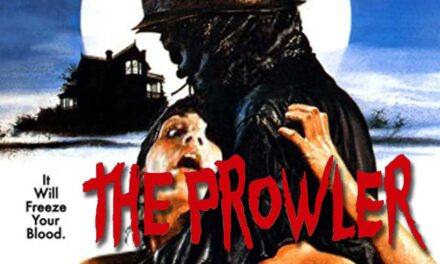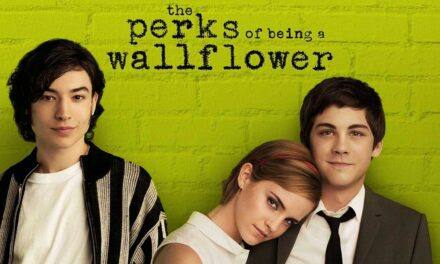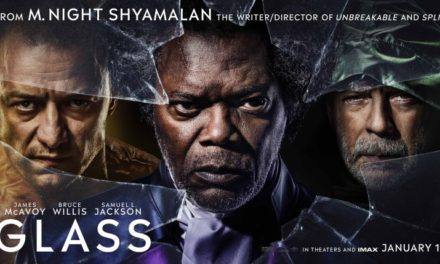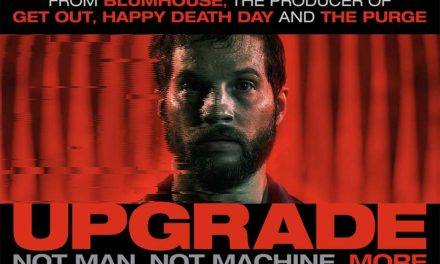In the 1920s, filmmaker Merian C. Cooper, alongside fellow filmmaker Ernest Schoedsack, produced several nature documentaries such as 1925’s Grass. While working on 1929’s The Four Feathers for Paramount, Cooper’s childhood fascination with gorillas was reinvigorated and an idea struck. His concept was to film a movie about a giant gorilla fighting lizards and dinosaurs with a female lead attached. He presented his pitch to Paramount in the early years of the Great Depression but was turned down. Luckily, through a connection with David O. Selznick, Head of Production at RKO, he got to make his dream project. Cooper hired Edgar Wallace to pen the script and hired stop motion animator Willis O’Brien for the special effects. Many of the cast and crew Cooper worked with before would return for what would become his magnum opus. Finally, 1933 saw the release of the eighth wonder of the world, King Kong.
%
Rating
Synopsis
Ambitious filmmaker Carl Denham (Robert Armstrong) is about to set sail on a new project he’s been keeping under wraps. He’s been having trouble finding a female lead until he runs into the beautiful Ann Darrow (Fay Wray). Denham offers her the role and she accepts, despite not being told much about the project or where it’s filming. They finally set sail, Denham finally revealing that they’re headed for Skull Island, an uncharted island near Sumatra. Once there, they meet the natives, the chief offering to trade six women for Ann, but they decline and leave. That night, the natives sneak aboard the ship, kidnap Ann, and offer her up to the monstrous giant gorilla Kong. Kong takes off with Ann, so first mate John Driscoll (Bruce Cabot) leads a team to rescue her. Will they be able to rescue her, and what does Denham ultimately have planned for Kong?
Review
King Kong is one of the most important films ever made and it deserves all the credit it’s received. The film was revolutionary with its visual effects, using a mixture of stop-motion animation, rear projection, and miniatures. While effects technology has advanced in the decades since its release, the effects here are still impressive given the times. Even if the stop motion models look crude by today’s standards, there’s a charm to them that CGI can’t match. Some of the biggest set pieces are Kong’s fight with the T-Rex, as well as his rampage in New York. Acting-wise, it’s about on par with standard acting seen during the 1930s, with plenty of fast-talking and exaggerated movements. Fay Wray does make for a decent damsel-in-distress, and it’s hard not to get behind Robert Armstrong’s character. Just keep in mind that this was before subtlety in acting was a common thing.
At its core, King Kong is a very simple adventure story: exotic location, girl to be rescued, fantastical creatures, etc. However, its simplicity is what makes it enjoyable, having the spectacle at the forefront at the sacrifice of narrative complexity. It’s also important to remember that this film inspired some of the greatest filmmakers of the 20th century and beyond. People like Peter Jackson, Rick Baker, John Landis, Joe Dante, Frank Darabont, and Ray Harryhausen were just some of them. Following its success, RKO rushed out a sequel, Son of Kong, followed by its spiritual successor, 1949’s Mighty Joe Young. There have been two remakes, one in 1976 and one in 2005, cartoons, books, comics, and various other adaptations. With a legacy like that, it’s no wonder why King Kong is still remembered fondly several generations later. Overall, King Kong is a historically-significant, though somewhat dated, film everyone should watch.
Buy King Kong from Amazon: https://amzn.to/38Uuxqr




